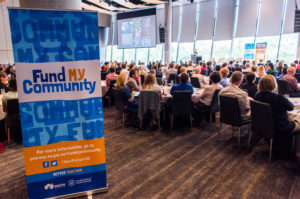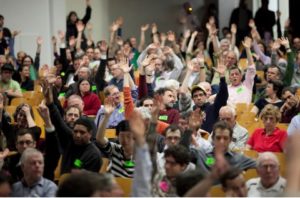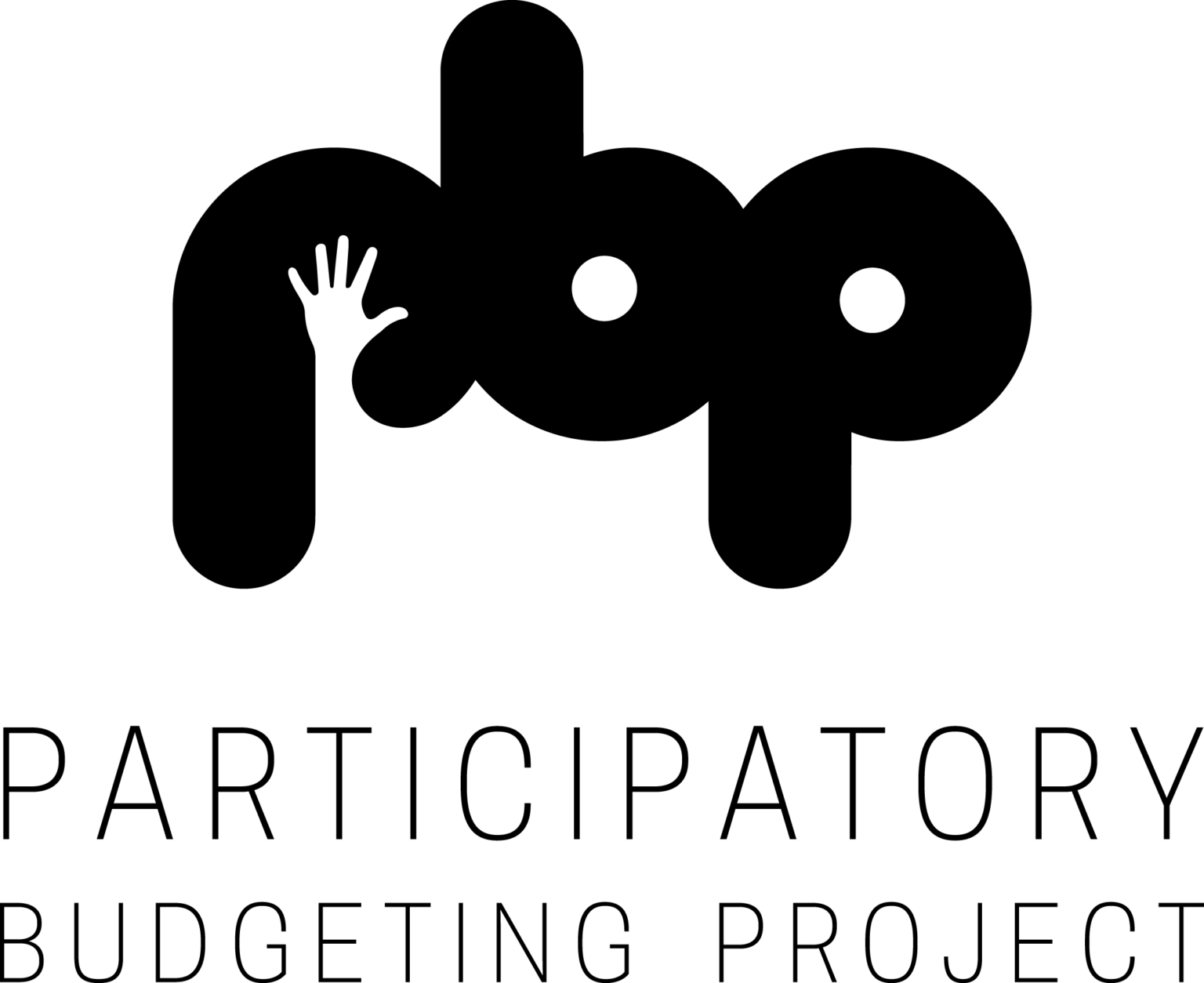Participatory budgeting (PB) has been successfully implemented in districts, cities, and school districts across North America, allowing members of these local communities to directly decide how to spend part of a public budget. From wards in Chicago, to schools in Phoenix, to across the city in Boston, we’ve seen hundreds of local-level PB success stories in the U.S. and Canada.
But while these processes have served as crucial steps in expanding democracy, we’ve seen successful PB processes across the world at even higher levels of government, with even bigger budgets — a level of collective empowerment that we should strive to meet.
Statewide PB: Australia and Canada
PB at the state level first began in Rio Grande do Sul, Brazil. Since then, statewide PB has been adopted across the world in a variety of different forms, including in Australia and Canada.
South Australia, one of Australia’s six states, has two PB processes. The larger of these is Fund My Neighborhood, a new program, beginning this year, where residents across the state will use PB to spend $40 million annually on capital improvement projects in local communities.

South Australia’s other PB process is Fund My Community, currently in its third cycle, where voters throughout the state award $1 million in grants annually to local nonprofits “to provide programs or services for isolated, vulnerable ordisadvantaged South Australians,” according to the program’s website. Among the winning ideas from the program’s recent cycle are swim classes for newly-arrived refugees and free dental care for survivors of domestic violence.
Ontario, Canada, has also recently begun a provincial PB process —voting on its first cycle was completed this past February. Ontarians proposed and voted on events, studies, digital services, or pilot programs, in issue areas that ranged from supporting small businesses to fighting climate change. After nearly 20,000 votes were cast, three ideas will be funded by a total of $2.6 million: a pilot program to reduce food waste, a digital service to bring internet access to rural communities, and a digital service to make healthcare information more accessible. Ontario’s process focuses more on province-wide initiatives, as opposed to the use of state funds to solve hyperlocal problems in South Australia, but the success of both clearly demonstrates that larger scale PB can be adapted to meet a wide variety of needs.
Nationwide PB: Portugal and Scotland
Portugal is currently in the midst of launching the world’s first truly nationwide PB process. The process was announced at the end of 2016, with the first cycle beginning this past January– ideas have already been collected, and voting is currently underway. Ideas were proposed to meet national-level needs in the areas of science, culture, agriculture, and lifelong learning, with a pot of €3 million allocated in this initial cycle to fund the top vote-getters. Nationwide PB presents a unique opportunity to bridge the gap between the Portuguese government and its constituents, as well as to fortify a national identity. But the unique challenges that the process presents, such as how to reach rural areas, have sparked innovative solutions: to ensure equitable access to the process for those rural populations, for instance, officials are considering holding future PB votes through ATM machines, which are present in even the most remote communities, a potentially transformative step forward. Portugal’s experiment in nationwide PB will surely undergo changes as officials learn new lessons, but even in the early stages of the process, it is clear that nationwide PB has the potential to be enormously successful.

In Scotland, PB has gone national, too — not by operating a nationwide PB process, but by using national money to support a series of local processes. The Scottish national government has, since 2014, supported PB in a number of ways. For example, it has commissioned studies on the relationship between PB and inequality, and on effective digital tools for PB. Additionally, the Scottish government provides matching funds of €530,000 to 14 local governments, drastically growing the pot of money used to fund the winning ideas. Finally, the Scottish government has created a €2 million “Community Choices Fund,” which provides additional funding to help with the initial implementation of new local processes. Through these initiatives, Scotland utilizes national funds and resources to unite a series of local PB processes into a national PB program.
PB is effective because it empowers people to meet needs in both their local and larger communities by giving them real power over real money. The more money we spend using PB, whether locally or at a larger scale, the more of those needs we can meet. We should strive to use PB for even more money in even bigger budgets– that means bringing PB to state and national budgets. As Australia, Canada, and Scotland have shown us, using PB to democratically allocate these larger budgets isn’t just a fantasy. Large scale PB works.





